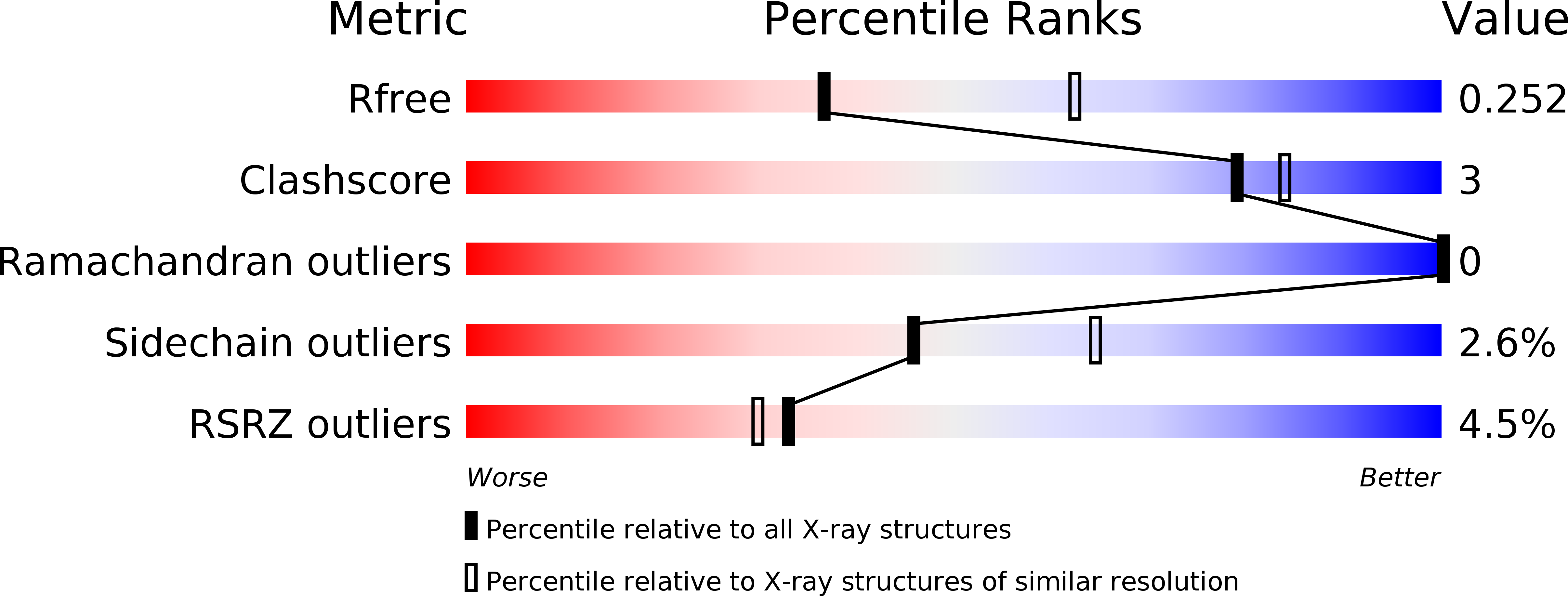
Deposition Date
2014-01-21
Release Date
2014-08-06
Last Version Date
2023-09-20
Entry Detail
PDB ID:
4OJK
Keywords:
Title:
Structure of the cGMP Dependent Protein Kinase II and Rab11b Complex
Biological Source:
Source Organism:
Homo sapiens (Taxon ID: 9606)
Rattus norvegicus (Taxon ID: 10116)
Rattus norvegicus (Taxon ID: 10116)
Host Organism:
Method Details:
Experimental Method:
Resolution:
2.66 Å
R-Value Free:
0.25
R-Value Work:
0.20
R-Value Observed:
0.20
Space Group:
P 43 21 2


